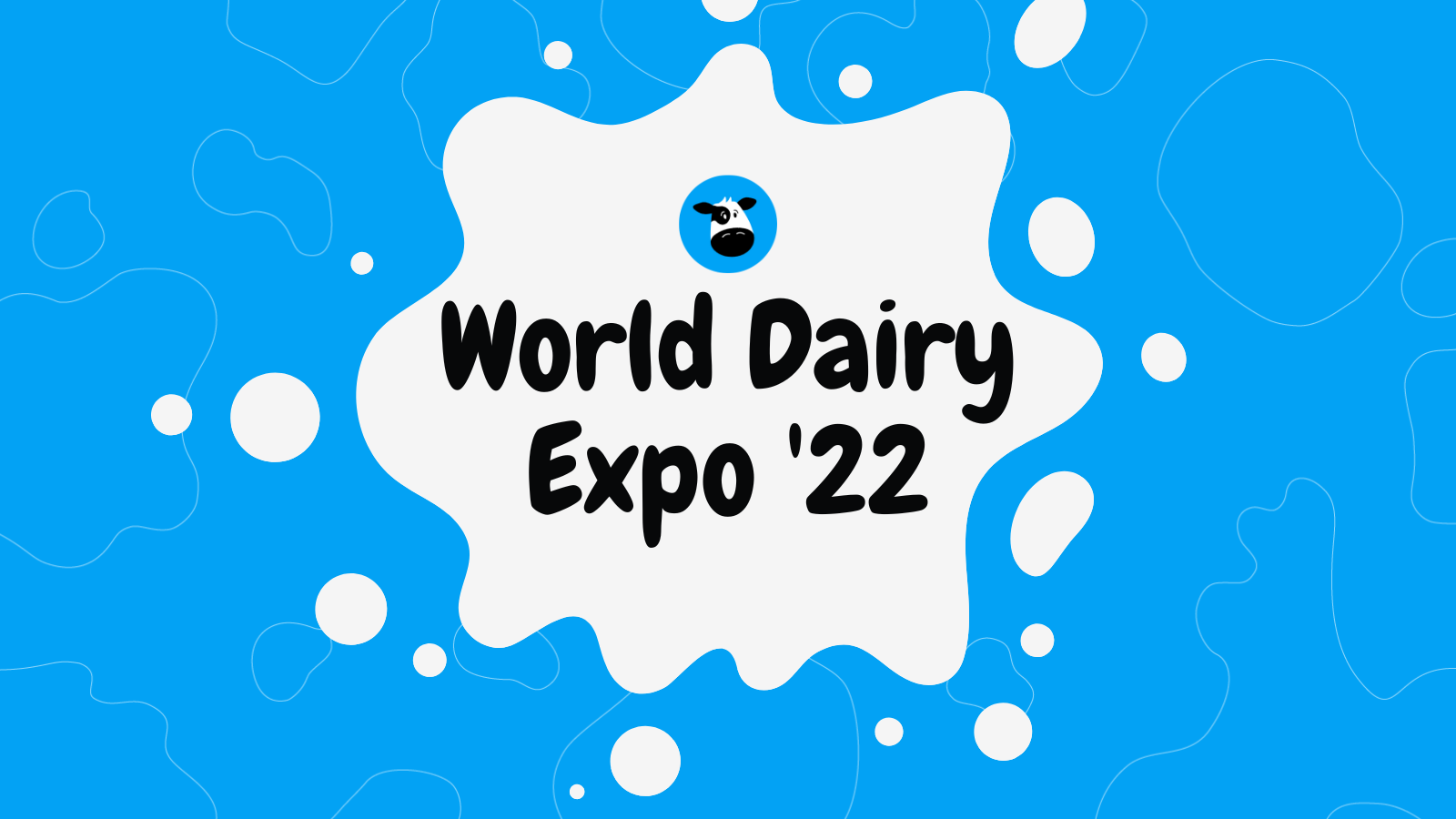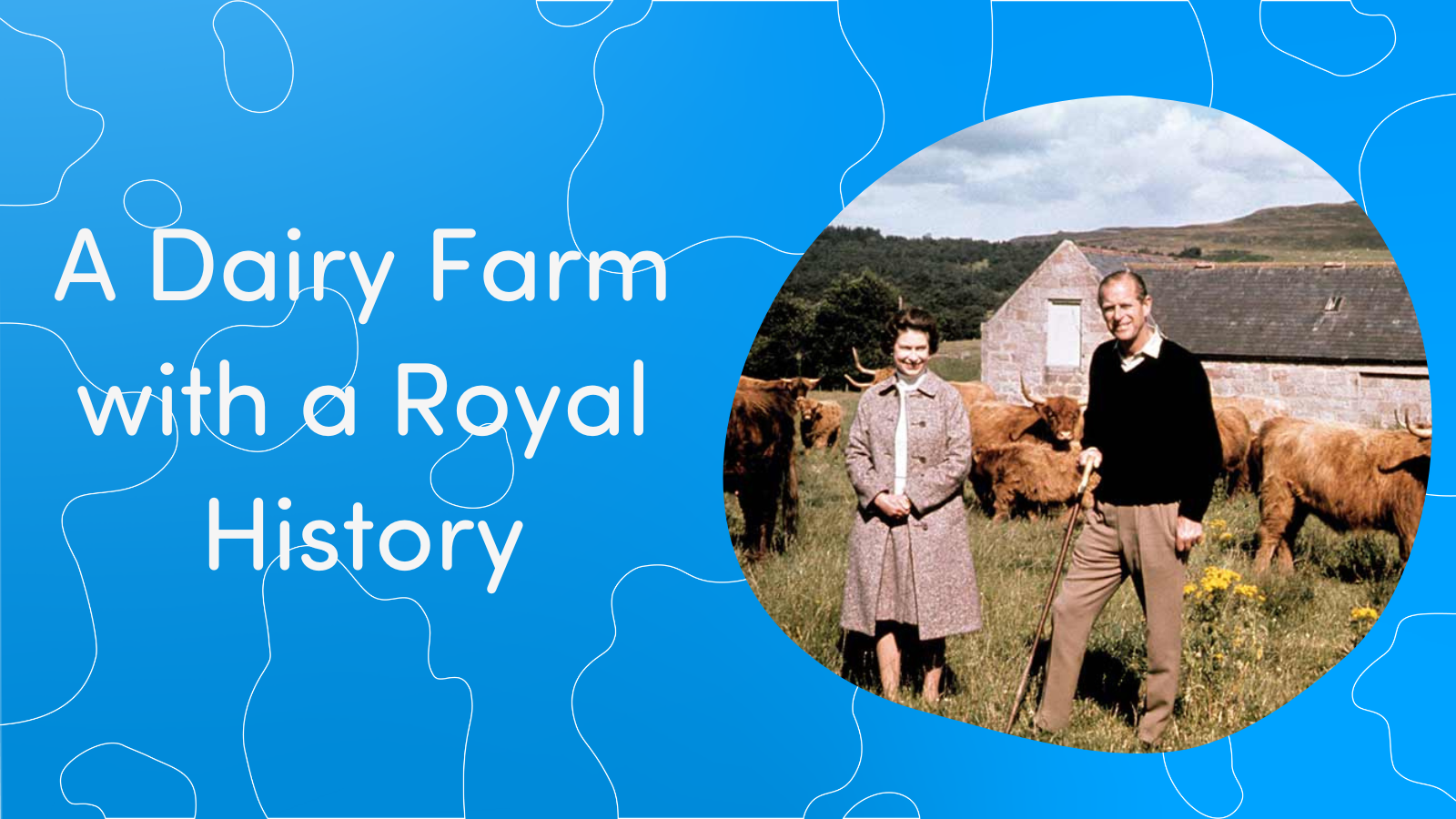Facts about 5 breeds of cattle
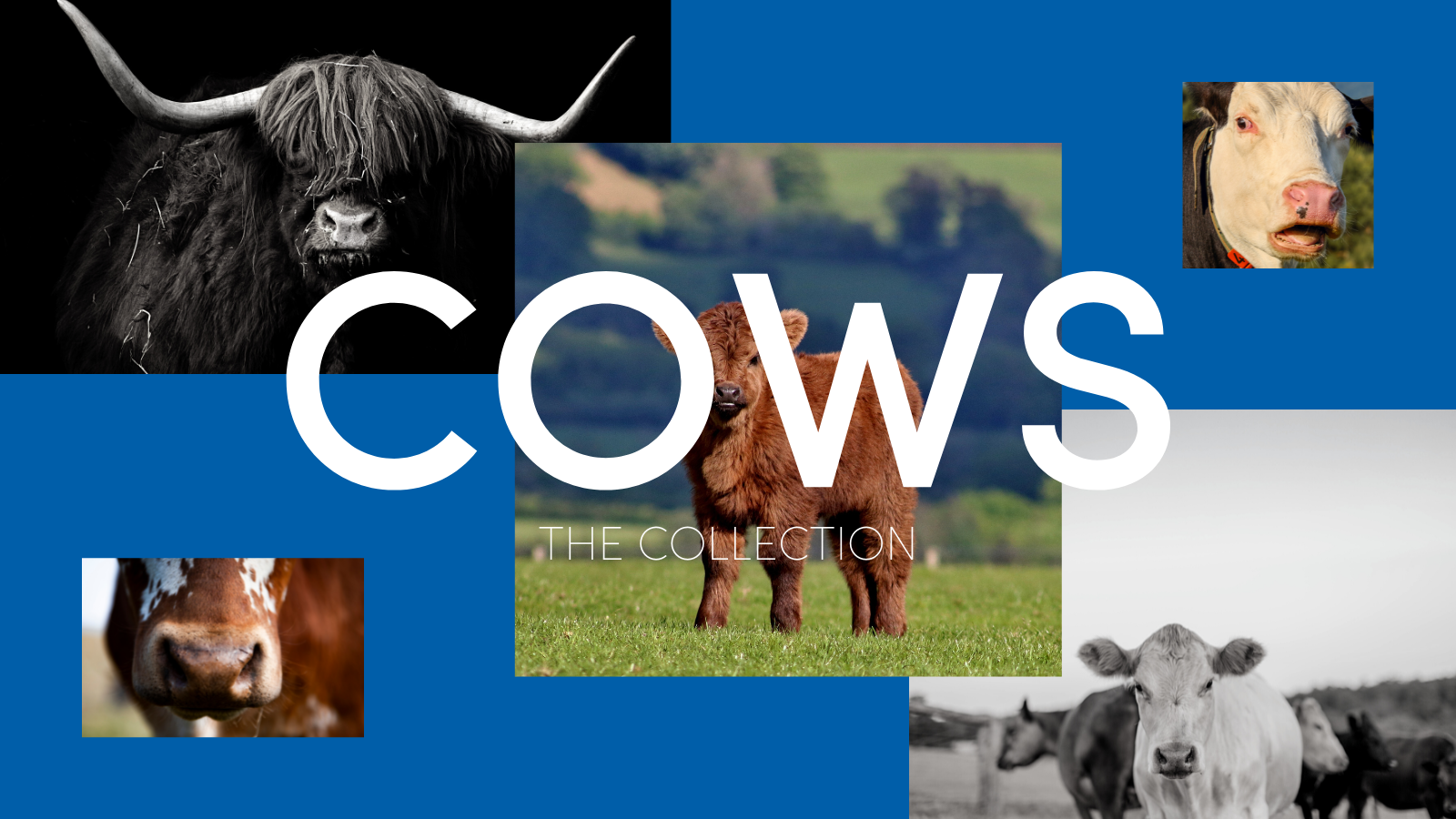
Cows come in many shapes and sizes, and breeds! The number of recognized cattle breeds varies, but it is estimated that there are over 250 different types of cows worldwide. There are Holsteins, Jerseys, the Brown cow who makes chocolate milk (we all wish that was true), and more.
Each breed has different benefits due to its genetic makeup, which allows them to have different purposes like dairy, work, or meat. Different species of cows are fit for certain climates, so the location of the cow and breed are just some of the things to consider when picking a herd.
Here are a few facts about different cow breeds.
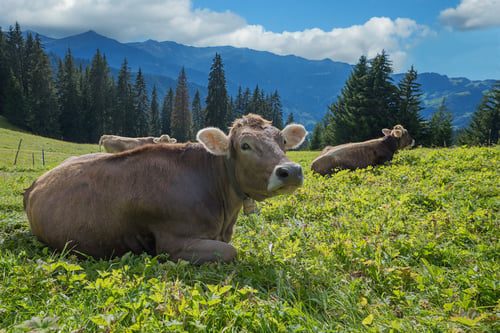
Brown Swiss or American Brown Swiss
This breed is a dairy cattle that comes from the Alpine region of Europe. It yields 22,600 lb (10,231 kg) per year in milk that contains 4% butterfat and 3.5% protein, making it ideal for making cheese. This breed of cow has been influential in cross-breeding around the world. In 1990, it was estimated that there were to be approximately 7 million heads worldwide.
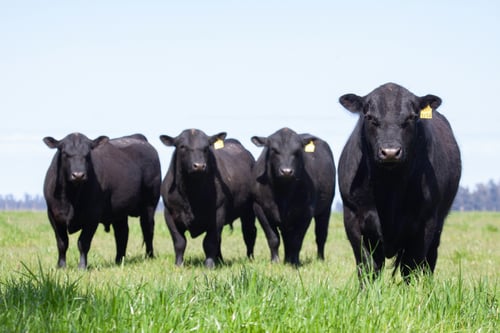 Angus
Angus
We have all heard of, or enjoyed, Angus beef at some point. This cut of meat is named after the cattle it comes from, Angus. There are many different varieties like Red Angus, German Angus, and the most popular, Aberdeen Angus. Many of the other Angus varieties are bred with Aberdeen Angus.
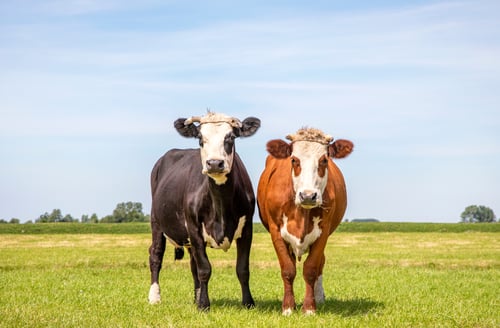 Fleckvieh
Fleckvieh
This breed of cow originates from originated in Central Europe in the 19th century. It was cross-bred with local stock with Simmental cattle imported from Switzerland since they have high milk production and are resistant to drought. Depending on what the breed mix is, the cow can be used for either dairy or beef.
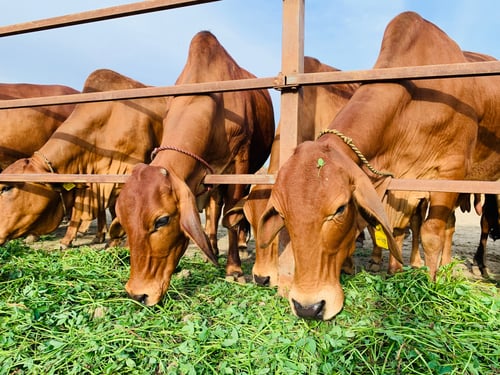 Sahiwal
Sahiwal
This breed is tolerant to high heat, making them ideal for the Punjab region where they originate. They are one of the best dairy breeds in India and Pakistan due to their high milk production and heat tolerance. This breed can produce an average of average 2,270kg of milk.
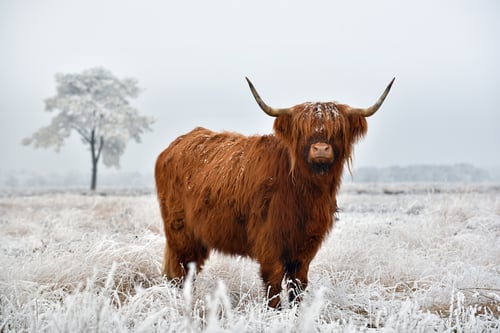
Highland cattle
These beef cattle originate from the Scottish Highlands. The Highland breed has defining characteristics like their long, wide horns, and long woolly coats, the longest of any cattle breed. Their coat consists of two layers, a down undercoat and an oily outer layer of hair. These characteristics allow them to tolerate cold temperatures similarly to caribou and reindeer.
The Highland cattle also have a social structure and hierarchy system. Social standing will depend on age and gender. Males dominate over females, and older cattle are higher up in the social hierarchy than the younger ones.
-1.png?width=2649&height=724&name=MM%20Logo%20-%20Horizontal%20(Digital%2c%20Png)-1.png)
